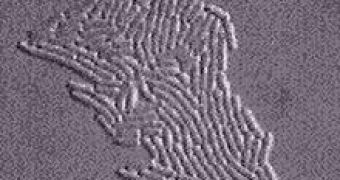Once the technological possibilities expand, researchers find new information on the microbial organisms and this will eventually allow them to devise new drugs and therapies.
And since genetics seems to have the answer to countless dilemmas, researchers at the University of California, San Diego, and Virginia started to study the genes of bacteria and other simple organisms.
They've discovered that the location of genes and other features distributed along the chromosomes of bacteria and simpler organisms also is fundamentally important to how microbial cells operate.
The researchers reported organizational patterns in the genomes of 135 bacteria ranging from those that cause typhoid fever and various other human infections to organisms that enrich the nitrogen content of soil. In addition, 16 more primitive microorganisms, including one that thrives in boiling hot springs, also exhibit patterns in their genomes that are highly nonrandom.
"This high degree of organization of prokaryotic [organisms that lack nuclei] genomes is a complete surprise, and this finding carried many implications that biologists might not have considered before. These findings show that evolution of prokaryotes is constrained not just by variations in the content of genes, but also by the intricate ways in which those genes are arranged on chromosomes," said Bernhard Palsson, a professor of bioengineering co-author of the analysis.
"Bacterial chromosomes may have something like ZIP codes that fix groups of genes to certain locations within the cell where they are most needed," said Timothy E. Allen, a member of Palsson's team
"Basically, it demonstrated that most bacterial genomes are highly organized. Our results demonstrate that there are significant evolutionary constraints that act upon genomes organization as well as upon genome content. That interplay between organization and function can't be ignored if we want to gain a better fundamental understanding of how a microbial cell works," Bernhard Palsson concluded.

 14 DAY TRIAL //
14 DAY TRIAL //